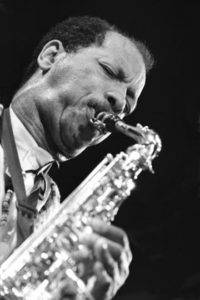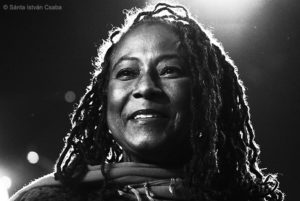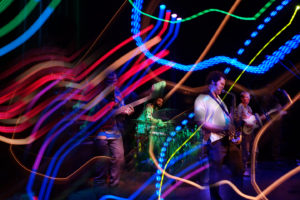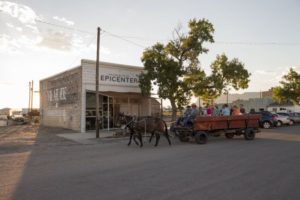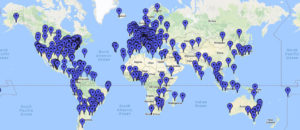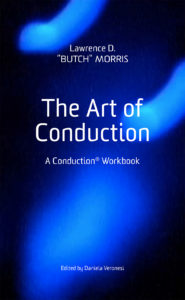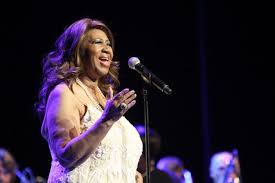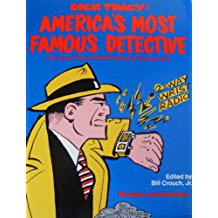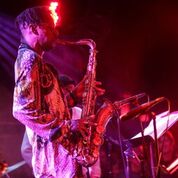Dee Kalea of Creative Music Photography is old school, in that she’s created black and white images of jazz musicians in performance, closeup, usually one-to-a-frame. The passion she’s captured, however, is timeless. How she became alert to the precise moment of creative rapture, and intimate with the music beyond the musicians themselves, is a story […]
Great new jazz photography: Geri Allen by Sánta István Csaba
Pianist-composer Geri Allen, at age 60 a cancer victim, was photographed several times recently by Sánta István Csaba. He caught glimpses of her spirit and mourns her deeply. “I saw her about five weeks ago here in Torino,” Sánta writes from where he now lives, “and in April in Switzerland. She was in a good […]
Great new jazz photography #2: Lauren Deutsch’s Made in Chicago portfolio
“Made in Chicago” is true of the photography of Lauren Deutsch, and also the name of the four-day-long collaborative jazz festival she’s organized in Poznan, Poland for the past 12 years as artistic director (formerly with Wojceich Juszcsak) on behalf of the Jazz Institute of Chicago. The theme of this year’s fest was “Freedom.” The photos here […]
Great new jazz photography: Marc PoKempner portfolio from New Orleans
Photos of musicians making music — visualizations stirred in the photographers by watching sounds manifest — are exciting, and as different in style as the photographers and musicians themselves. Marc PoKempner ‘s portfolio from New Orleans of the Preservation Hall Jazz Band with Cuban drummers at the Music Box Village, a non-profit community arts garden, is the first of […]
NEA supports jazz and US arts nationwide
The National Endowment of the Arts, arguably the most misunderstood and beleaguered doing-good office of the federal gov’t (excluding the NEH, EPA, Consumer Financial Bureau, Civil Rights Division of the Justice Dept., and a few others) has issued its 2017 funding report, highlighting that its monies (monies from we US taxpayers) flow to communities in all […]
Whatever happened to International Jazz Day?
April 30 — yesterday — was celebrated as the sixth annual International Jazz Day with a global webcast from Havana, hosted by Will Smith, headlined by pianist Herbie Hancock and including a couple of dozen top notch musicians from the U.S., Russia, Cameroon, France and Korea as well as Cuba. Did you know? Advance publicity and […]
How Charles Lloyd stays marvelous
During the 50 years since his breakthrough album Forest Flower (released in February 1967, recorded live at the Monterey Jazz Festival the summer before) — comparable in some ways to The Epic success of Kamasi Washington – saxophonist-flutist Charles Lloyd has been unusually popular for an adventurous jazzman. He showed how he’s done that, accomplished a long career while expressing […]
Butch Morris’s workbook for spontaneous composition published
The deathbed wish of composer-cornetist Lawrence Douglas “Butch” Morris (1947-2013) was that his detailed documentation of Conduction®, the method he devised to enable spontaneous composition for ensembles of literally any type employing codified hand-signals, be published in hardcover. This has come to pass. On April 24 and May 1, events in New York City will launch […]
Aretha Franklin’s got it at 75
I saw Aretha Franklin last night from the Chicago Theater’s nosebleed seats, unable to make out her features but sure from the moment she first raised her voice that she’s a national if not global treasure, as compelling at 75 — her birthday was March 25 — as half a century ago, in her breakthrough year 1967. […]
Flyover country? Nonsense in jazz, politics, crime fiction
There’s no such thing as “flyover country” — except in the minds of careless or ignorant people who ought to know better. For instance: Jazz lives throughout the US and the world, not only in New York City; Illinois presidential race voters chose Hilary Clinton by a wide margin (due largely to Democratic bastion and jazz […]
Spring break with Budapest jazz, photos
I went to Budapest for spring break — to introduce a photo exhibit by my Transylvanian-born friend  Sánta István Csaba and help jury the 10th annual Müpa Budapest Jazz Showcase/Talent Exchange, held in the modernist musem and multi-theater complex on the east bank of the icy Danube Feb 3 – 5. As I wrote in my  DownBeat article, the […]
Trump’s biggest first threat to the arts: Ending net neutrality
Terrible as it will be for the Trump administration to kill the National Endowments of the Arts and Humanities, gutting net neutrality seems to me an even more damaging attack on the arts, independent and upstart media and America’s commons. By nominating as chairman of the Federal Communications Commission ex-Verizon lawyer and avowed net neutrality foe Ajit […]
Is NYC (still) capital of jazz?
The early January concurrence of the Jazz Connect conference, the annual convention of APAP (Association of Performing Arts Presenters), Global Fest and Winter JazzFest makes a good case for Manhattan being the capital of jazz-and-beyond. It’s inarguably true that creative sound-organizing with improvisation and rhythm is world-wide, and our native version — jazz and its derivatives […]

